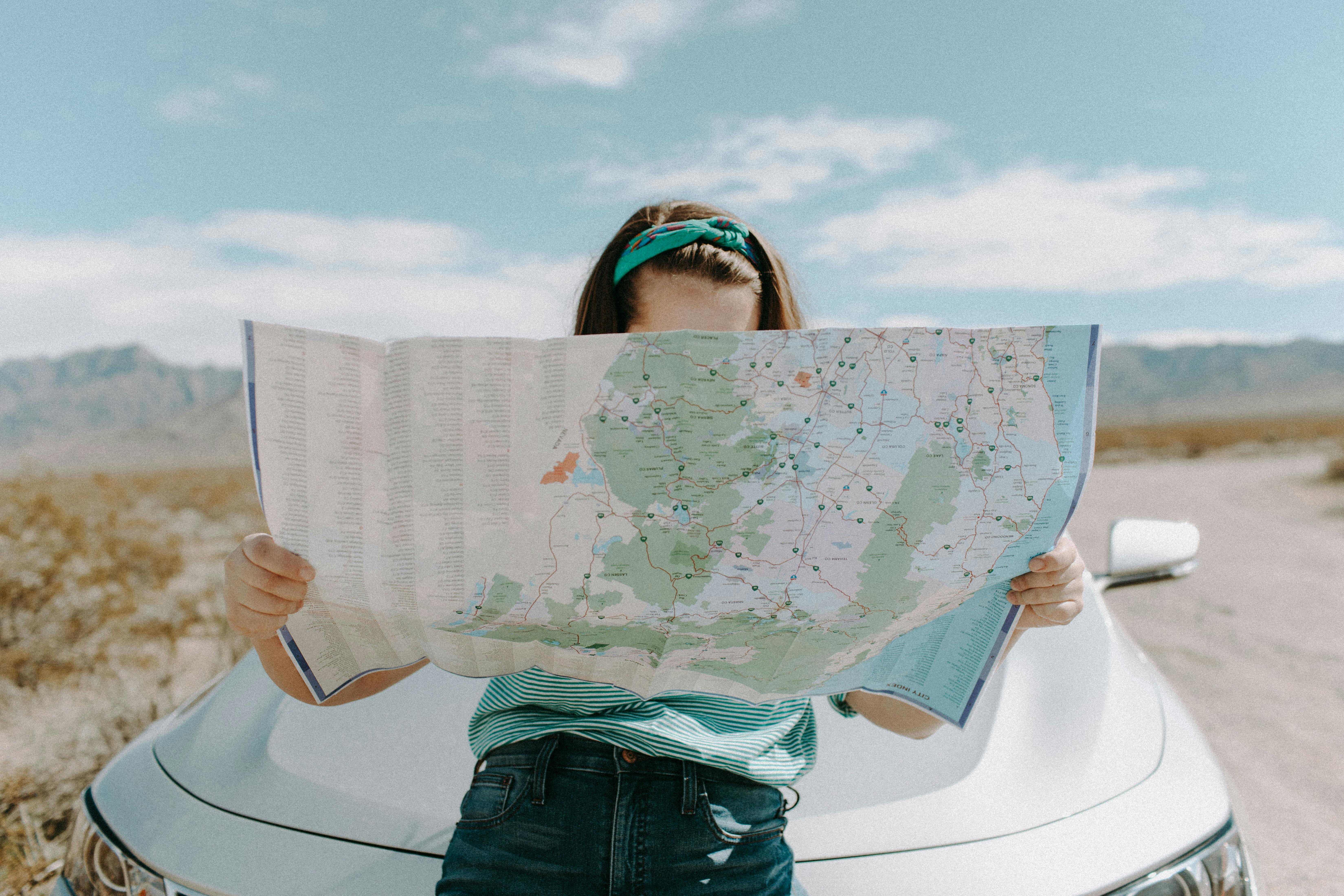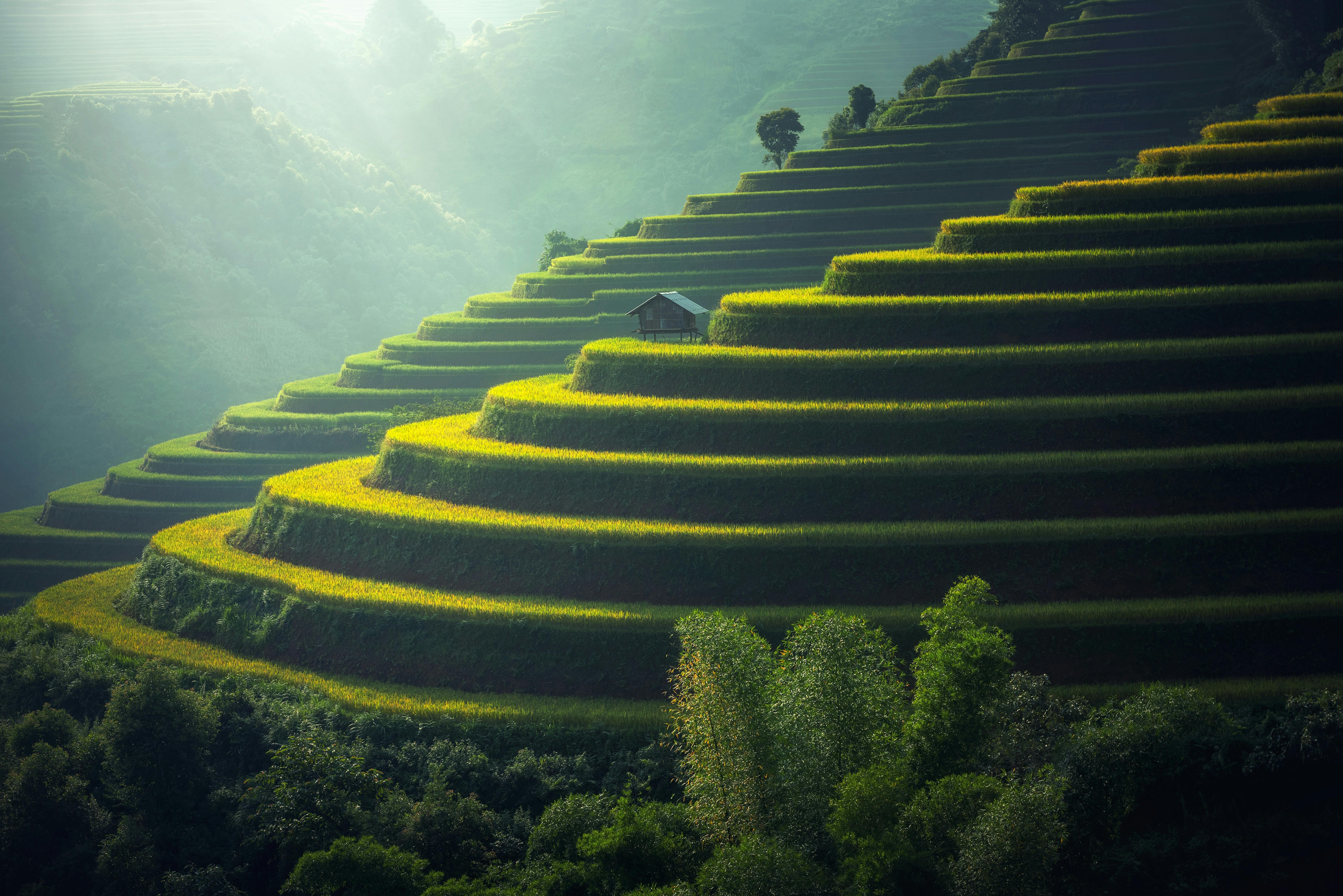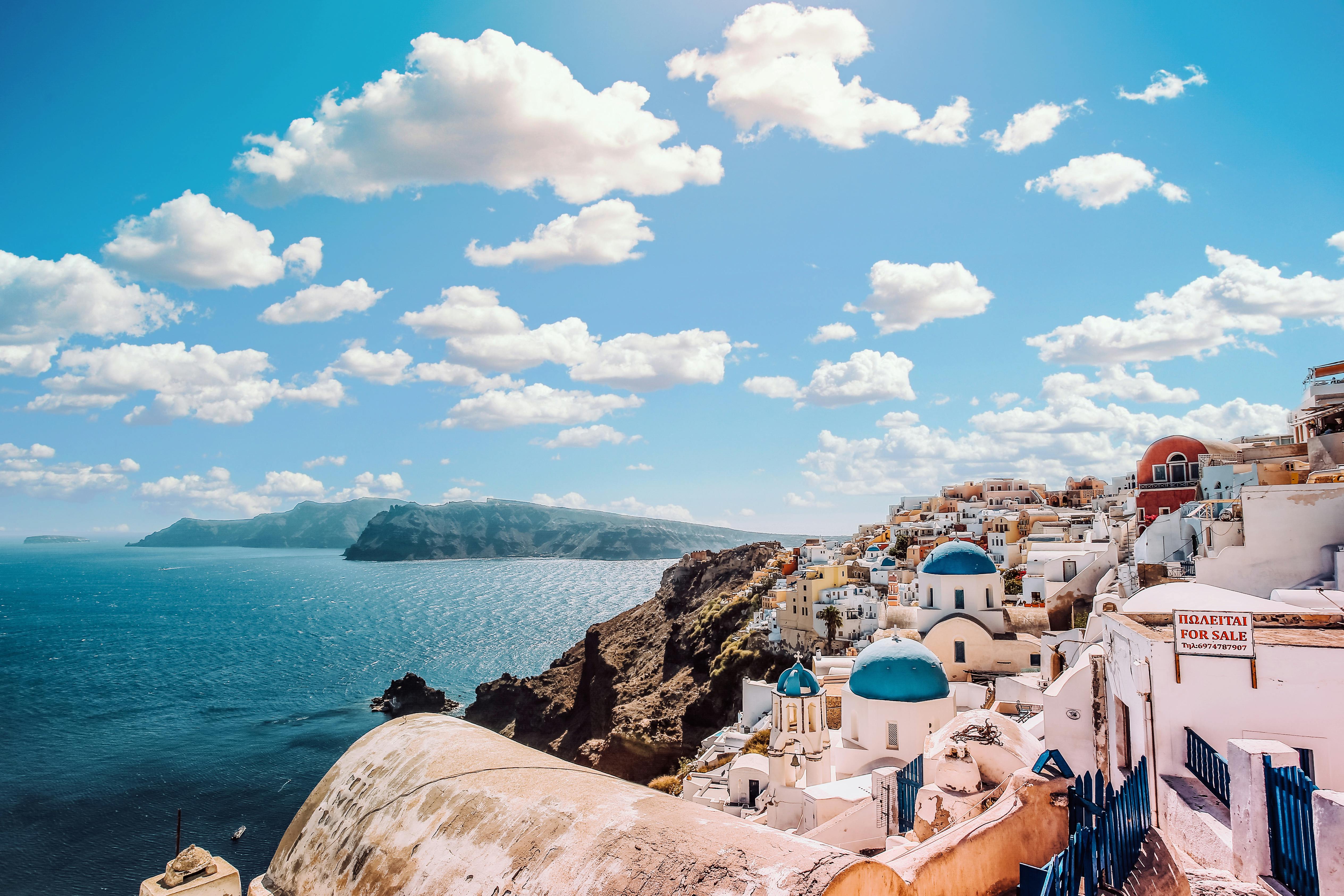What Travel Really Means
Moments, Not Just Miles

The Solo Journey
Solo travel represents perhaps the purest form of exploration—a journey unconstrained by compromise or external expectations. The solitary traveler moves through the world on their own terms, following curiosity down unmarked paths and lingering in places that resonate personally. This freedom brings a unique heightening of the senses; without conversation to distract, the solo traveler notices details that might otherwise pass unobserved: the changing light on ancient stonework, subtle variations in birdsong throughout the day, the rhythm of life in a village square.
The solo experience also creates space for profound self-discovery. Removed from familiar social contexts and roles, travelers often encounter aspects of themselves previously hidden by routine and expectation. Problem-solving abilities strengthen through necessity; confidence grows with each successfully navigated challenge; preferences clarify when choices reflect only personal inclination rather than group consensus. Many solo travelers report that their most significant journey occurred internally, parallel to their physical movement through landscapes and cultures.
"Solo travel is not merely about being alone—it's about being completely available to the world around you, and to the transformations occurring within."
The Group Experience
Group travel creates its own distinctive alchemy, transforming individual perceptions through shared experience and multiple perspectives. Whether traveling with family, friends, or like-minded strangers on an organized tour, the group dynamic adds layers of meaning unavailable to the solo explorer. A magnificent sunset becomes more memorable when reflected in the expressions of companions; a challenging hike feels more significant when obstacles are overcome collectively; cultural encounters gain depth when processed through group discussion.
Groups also access experiences sometimes closed to individual travelers. Local communities may open their homes for shared meals with small groups where solo visitors might seem intrusive; specialized guides offer deeper insights for collective audiences; certain ceremonies or traditions specifically welcome group participation. The skillful group traveler balances social connection with personal exploration, finding moments of solitude even within the shared journey.

Rural Exploration
Beyond urban centers with their concentrated attractions and efficient transit systems lies the slower, more deliberate world of rural travel. Here, in villages and countryside, travelers encounter traditional rhythms largely unchanged by globalization's homogenizing influence. Agricultural cycles rather than business hours often determine daily patterns; relationships form the social infrastructure where digital networks might be sparse; crafts and practices maintained for generations continue to serve practical purposes rather than becoming tourist spectacles.

The rural traveler learns to adjust expectations and timelines. Transportation connections may be infrequent; accommodations might offer simplicity rather than luxury; communication might require patience and creativity when shared languages are limited. These apparent constraints often reveal themselves as gifts, forcing a deceleration that allows deeper appreciation. Planning tools like avaibook can help organize accommodation needs ahead of time without hassle, leaving more mental space for immersion in the rural experience itself.
Seasonal Journeys
Each season reveals a different facet of a destination, creating essentially four distinct experiences from a single location. The wisdom in planning travel according to seasonal character rather than merely avoiding crowds or extreme weather conditions opens dimensions of understanding unavailable to the casual visitor. Winter brings a particular stillness to mountain communities, where centuries-old traditions survive in the quiet months when tourism pauses; spring transforms ordinary routes into spectacular journeys when wildflowers carpet valleys; autumn's harvests invite participation in age-old celebrations of abundance.

The seasonal traveler develops heightened awareness of natural cycles and their influence on human activity. Markets reflect the earth's current offerings; festivals coincide with astronomical or agricultural milestones; even architecture reveals its seasonal adaptations when experienced throughout the year. By returning to beloved destinations in different seasons, travelers develop relationships with places that deepen with each visit, noticing changes imperceptible to those who come only once during peak tourism periods.
This approach requires flexibility and adaptability. The summer beach town transformed by winter storms becomes not a disappointment but a fascinating evolution; the famous garden spectacular in spring becomes an education in structure and planning when visited in its dormant phase. The seasonal traveler values these variations as essential components of truly knowing a place.
Slow Tourism
The slow tourism movement represents both philosophy and practice, encouraging travelers to experience fewer destinations more deeply rather than collecting superficial impressions of many places. Inspired partly by the "slow food" approach to cuisine, this mindful travel style prioritizes quality of experience over quantity of attractions visited. The slow traveler might spend weeks in a single neighborhood, becoming recognized at the local market, developing relationships with residents, and discovering layers of history and culture invisible to those passing through quickly.

This approach transforms the nature of travel memories. Rather than recalling a blur of monuments and museums, the slow traveler remembers conversations with a shopkeeper who gradually shared family stories over repeated visits, or the subtle changes observed in a town square at different times of day. Knowledge develops organically through immersion rather than through formal tours or guidebooks, creating understanding that remains long after the journey ends.
"The essence of travel is not to see as much as possible, but to experience as deeply as possible—to allow places to affect us, change us, and reveal their true character."
Comfort Planning
Thoughtful preparation creates the foundation for meaningful travel experiences. Rather than attempting to control every variable—an approach that often increases stress when inevitable disruptions occur—comfort planning focuses on creating flexible frameworks that accommodate change while maintaining essential support. This might include researching transportation alternatives rather than relying on single routes; identifying several potential accommodations in each location; carrying physical maps alongside digital navigation tools; and maintaining financial cushions for unexpected opportunities or challenges.
The prepared traveler also considers personal rhythms and requirements honestly. Some need quiet mornings before engaging with crowded attractions; others require regular meals to maintain energy and mood; many benefit from scheduling deliberate rest days between intensive exploration periods. Understanding these individual patterns allows travelers to design journeys that support wellbeing rather than depleting it.